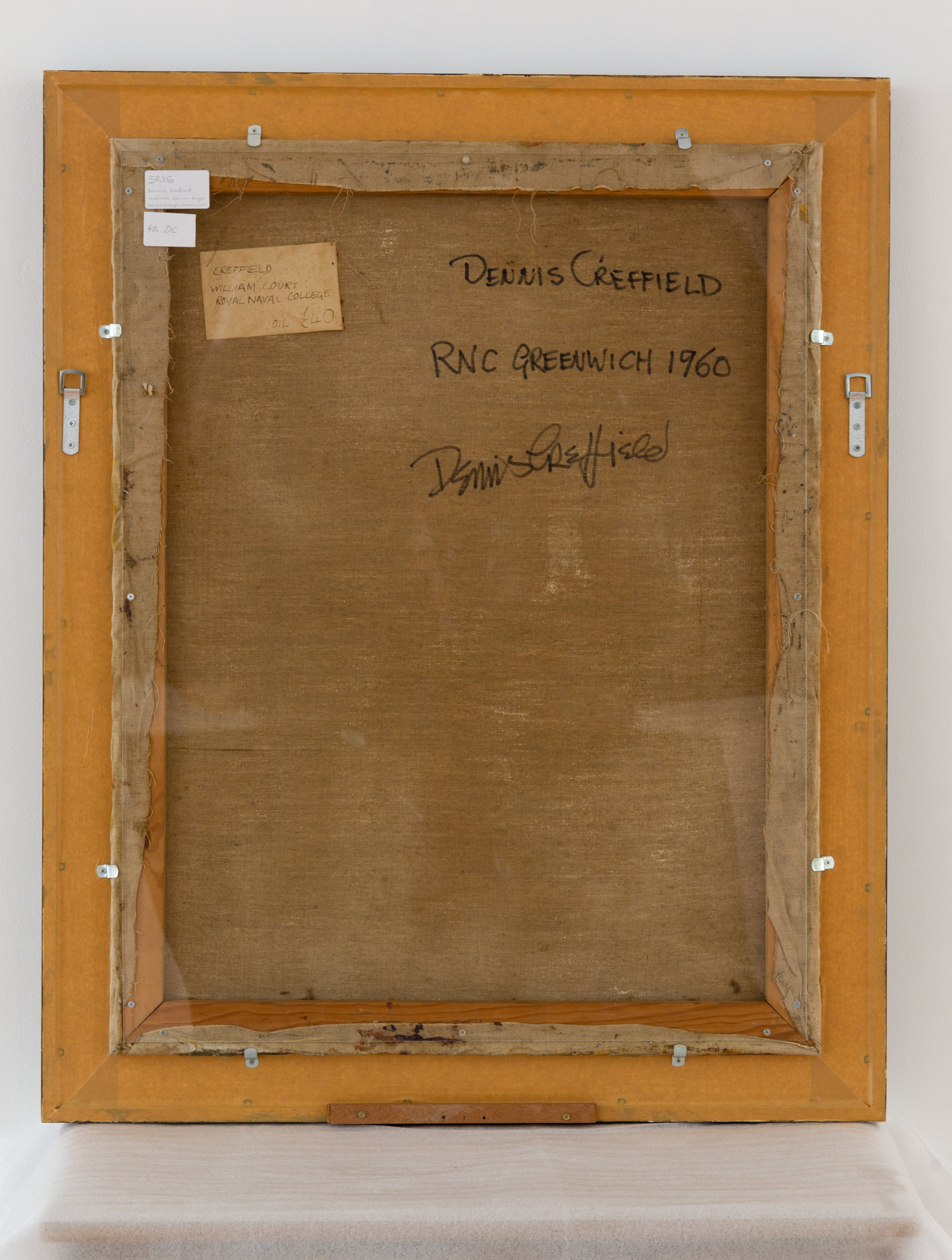Female Modern British Artists Wikipedia Editathon: My Experience
For me, like most people I would guess, Wikipedia is an information source that I consult weekly if not daily. I don’t think it’d be a stretch to say that most of us would be a lot more lost without it. With it being such a wealth of information and so readily available, I easily forget that each and every Wikipedia entry is written by a living, breathing person. The editathon served to remind me that this free font of knowledge, is a human product that has taken care and effort by a community of editors around the world. So in being reminded of that, it was nice to be able to give back by contributing something myself.
I was quite shocked to learn that only 17% of the 1.5 million Wiki biographies written in English are of women. I want to thank Borough Road Gallery and Wikimedia, for providing an opportunity to contribute to the changing of that statistic.
The process of writing the article was harder than I had thought it would be. I chose to write about Rachel Nicholson and was surprised to find a very private individual with very little online presence - this coupled with the need for authoritative sources made the beginning of the writing experience a little frustrating. By the end of the editathon, I’d made progress and gained even more appreciation for the efforts of Wikipedia editors.
All in all, it was a very wholesome experience. As a young freelance creative just starting out, I’m feeling the pressure to specialise, to tie myself to one area of expertise, when all I want to be doing is experimenting. It was somewhat serendipitous that I stumbled upon Rachel Nicholson among a long list of names; Nicholson didn’t become a painter until she was in her forties. Being the daughter of two famous artists, she resisted the pressures to become an artist until it was right for her. Learning this was reassuring and calmed a few of my ‘recent graduate jitters’.
I didn’t quite get to finish my piece, and as all articles go through a checking process, a Wiki bio of Rachel Nicholson is still “coming soon”. I’d really encourage anyone who has some spare time, to get editing an article themselves because it’s such a simple and easy process, only requiring time and interest in the subject matter.
Lennie.
Instagram: @lenniehoward
